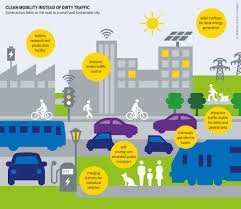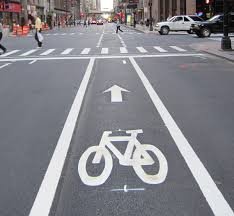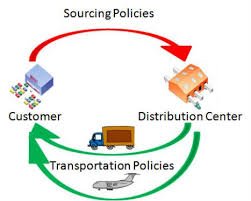
TRANSPORTATION AND MOBILITY VOCABULARY

Electric Vehicles (EV): Vehicles that are powered by electricity instead of fuel or gasoline.
Sentence: “Electric vehicles are becoming more popular as people are becoming more conscious of their environmental impact.”

Autonomous Cars: Self-driving cars that can operate without human intervention, using sensors and software.
Sentence: “Autonomous cars are expected to revolutionize the transportation industry by reducing traffic accidents caused by human error.”

Public Transport Infrastructure: The physical systems and facilities needed for public transport, including bus stations, train tracks, and subway lines.
Sentence: “Investing in public transport infrastructure can greatly reduce traffic congestion and promote sustainable commuting.”
TRANSPORTATION AND MOBILITY VOCABULARY

Ride-sharing Services: Services that allow people to share a ride with others, usually through a mobile app, like Uber or Lyft.
Sentence: “Using ride-sharing services has become a convenient and cost-effective alternative to owning a car in busy cities.”

Urban Mobility: The movement of people within urban areas, often involving various forms of transport like cars, buses, and bicycles.
Sentence: “Improving urban mobility is crucial to solving traffic congestion and making cities more livable.”

Traffic Congestion: A condition where there are too many vehicles on the road, causing slow movement and delays.
Sentence: “Traffic congestion during rush hours can make commuting time-consuming and frustrating.”

Sustainable Transport: Forms of transportation that have minimal negative environmental impact, such as bicycles, electric cars, and public transport.
Sentence: “Promoting sustainable transport options, like cycling and electric buses, is essential for reducing carbon emissions.”
TRANSPORTATION AND MOBILITY VOCABULARY

Bicycle Lanes: Designated lanes on the road specifically for bicycles, separate from car lanes.
Sentence: “Many cities have started creating bicycle lanes to encourage cycling and reduce pollution from cars.”

Transportation Policies: Government rules and regulations aimed at managing and improving the transportation system.
Sentence: “Transportation policies that prioritize public transit can help reduce reliance on private cars and ease traffic.”

Carpooling: The practice of sharing a car with others to reduce the number of vehicles on the road.
Sentence: “Carpooling is a great way to save money on gas and reduce the number of cars on the road, especially during peak hours.”

Congestion Charge: A fee charged to vehicles that enter highly congested areas to reduce traffic and pollution.
Sentence: “The city implemented a congestion charge to limit traffic in the downtown area and encourage people to use public transport.”

Hybrid Vehicles: Vehicles that use a combination of gasoline and electricity to power the engine.
Sentence: “Hybrid vehicles offer an environmentally friendly option for drivers looking to reduce their carbon footprint.”
TRANSPORTATION AND MOBILITY VOCABULARY

TRANSPORTATION AND MOBILITY VOCABULARY